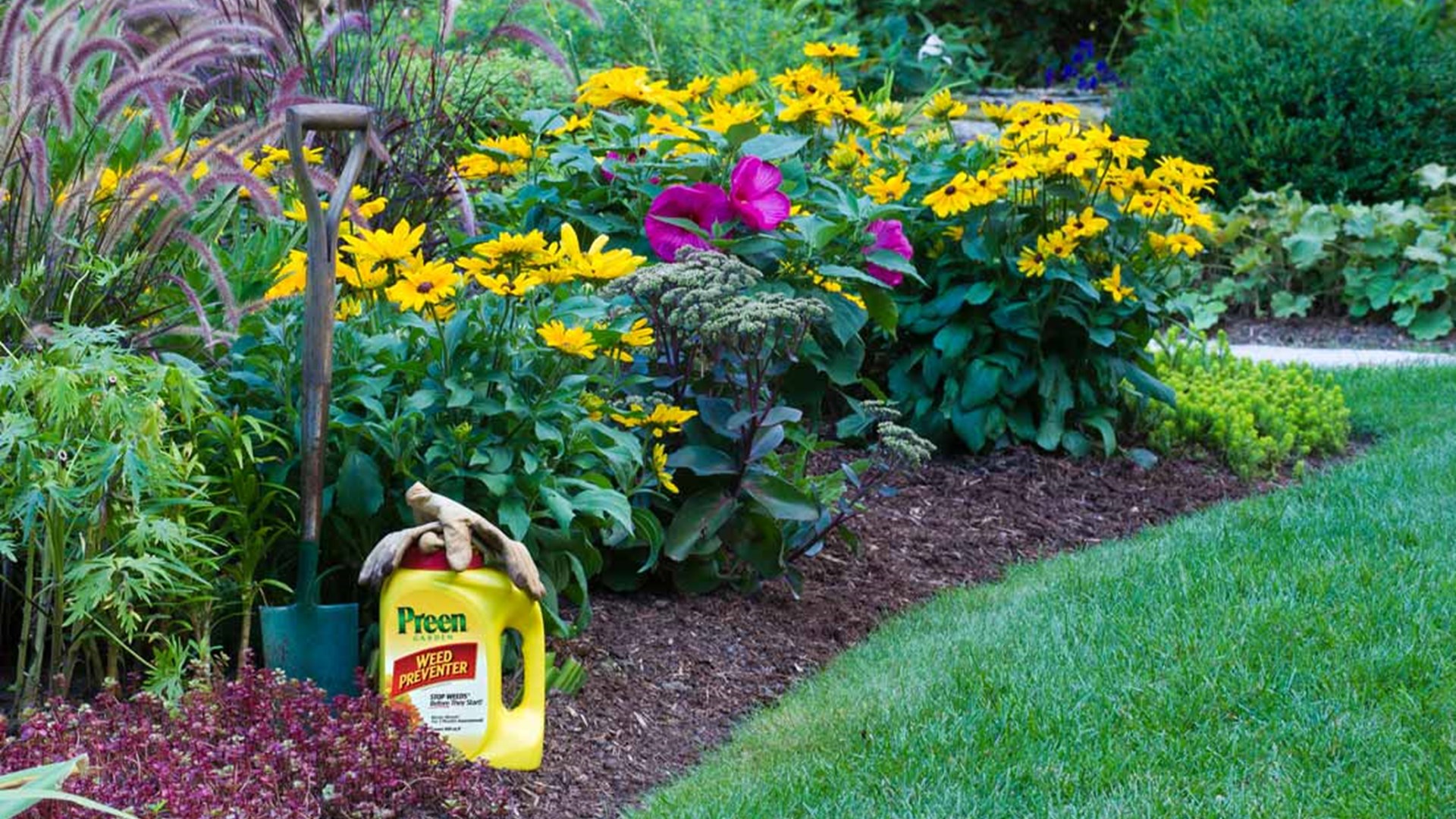The gardening world is filled with an extensive array of products and practices, each boasting promises of enhanced growth, weed control, and pest management. Among these products, Preen stands out as a popular weed preventer renowned for its ease of use. However, the question remains: will Preen hurt plants? This article delves into what every gardener should know about Preen, its ingredients, application methods, and potential implications for various plant types.
Understanding Preen: Ingredients and Purpose
Preen is primarily known as a pre-emergent herbicide designed to inhibit weed development before they take root. Its active ingredient, pendimethalin, operates by disrupting cell division in the roots of germinating weeds. This botanical weapon provides a protective barrier against unwanted vegetation while supportively working alongside cultivated plants. Understanding its makeup is crucial before integrating it into your gardening routine.
Aside from pendimethalin, Preen contains additional inert ingredients that enhance its efficacy and stability. It’s essential to note that while it targets specific weed species, its selective nature can also affect other plants if not administered correctly. Misapplication or overuse can lead to adverse reactions, thus underscoring the significance of understanding how and when to use Preen carefully.
The Delicate Balance: Impact on Desired Plants
The application of Preen can provoke mixed outcomes, particularly depending on the types of plants within proximity. While Preen is formulated to be safe for established flowers, shrubs, and trees, delicate seedlings or newly emerged plants may experience stunted growth or even mortality. Here’s what to consider to protect your prized foliage:
Established Plants Are Generally Safe
For perennials and established plants, the use of Preen tends to be non-detrimental when applied according to instructions. These plants often boast robust root systems that can withstand minimal interference from herbicide application. Furthermore, they are typically resilient enough to bounce back from any temporary disruption in nutrient uptake.
Seedlings: A Vulnerable Stage
Nevertheless, newly germinated plants are particularly susceptible. When applying Preen, it is crucial to refrain from treating areas where seeds have recently been sown or where plants are just emerging. The chemical can inhibit their growth by interfering with root establishment. A rule of thumb is to wait at least six weeks after sowing before introducing Preen to the soil.
Flower Beds vs. Vegetable Gardens: Varieties in Risk
Another essential consideration is the type of plants being cultivated. Flower beds can generally tolerate Preen better than vegetable gardens. Many flowering plants have adapted to tolerate the herbicide, whereas vegetables, particularly those with shallow or sensitive root systems, may struggle. For vegetable gardeners, exploring alternative organic weed management strategies may provide a safer avenue for maintaining a healthy garden.
Application Best Practices
Those who choose to employ Preen should adhere to specific best practices to pose minimal risk to their plants.
Timing is Everything
Timing plays a pivotal role in the effective use of Preen. The ideal period for application is in early spring or just before weed seeds have begun to germinate. Employing Preen at the right moment prevents weeds from gaining a foothold before they can interfere with your plants’ growth, proving more beneficial overall.
Follow Instructions Scrupulously
A careful reading of the manufacturer’s instructions is paramount. Adhering to the recommended dosage and application method helps safeguard fragile plants. For example, spreading granules evenly across the soil reduces the chances of herbicide contact with tender seedlings.
Watering and Activation
After application, it is often recommended to lightly water the area to activate the herbicide. This not only initiates the chemical reaction but helps settle the granules into the soil, ensuring an even distribution that minimizes potential hazards to nearby plants.
Environmental Considerations
Like all chemical applications, environmental factors should be considered. Rainfall immediately after application can wash away the effectiveness of Preen, while extreme heat can exacerbate potential plant damage. Monitoring local weather patterns and choosing optimal days for application can mitigate risks and enhance results.
Alternatives to Preen: Organic Solutions
For gardeners concerned about the implications Preen may have, several organic alternatives can provide effective weed control without compromising plant health. Mulching, hand weeding, and employing natural herbicides can serve as excellent substitutes. These methods, while potentially labor-intensive, offer an eco-friendly approach to managing pesky weeds, allowing your cherished plants to thrive unharmed.
Conclusion: A Thoughtful Approach
In conclusion, the application of Preen does come with risks but can be safely integrated into many gardening regimes with due diligence. Understanding its composition, adhering to application best practices, and monitoring plant health are essential steps every gardener should embrace. For those interested in using Preen, taking a cautious approach will help secure not just a weed-free garden, but a thriving ecosystem of plants ready to flourish.





Leave a Comment